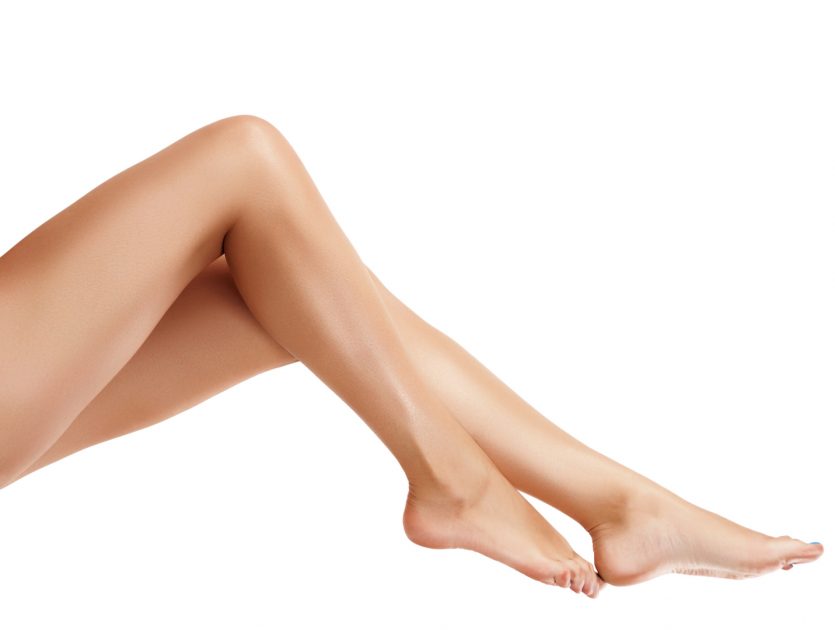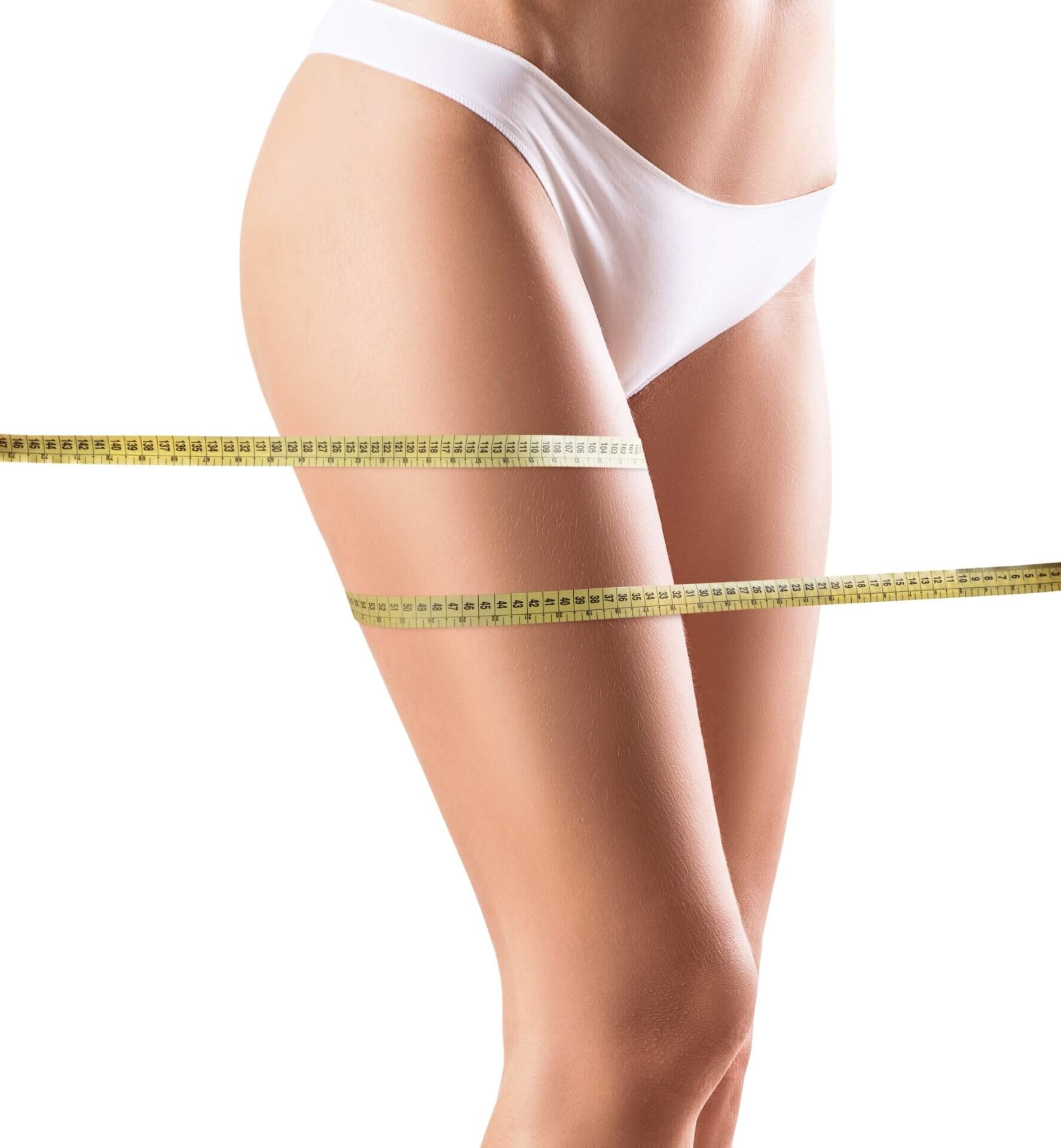Key Takeaways
-
Tumescent liposuction for the legs, especially the inner thighs, is a detailed process that targets subcutaneous fat and involves the lymphatic system. It requires careful preparation, including selecting an experienced healthcare provider, preferably dermatologic surgeons, and understanding the procedure’s risks and safety measures.
-
The tumescent technique, a cosmetic procedure, involves injecting a large volume of a diluted solution into the fatty areas of the legs, particularly the inner thighs, which makes the fat easier to remove and reduces blood loss by enhancing the lymphatic system, providing a safer alternative to traditional liposuction methods that may use ultrasound.
-
Following a step-by-step approach during the leg liposuction procedure, focusing on subcutaneous fat removal using the tumescent method, ensures optimal weight loss results while minimizing risks to the lymphatic system. This includes proper monitoring of the patient under general anesthesia during the procedure to adjust techniques as needed, using ultrasound for treatment.
-
Recovery from leg liposuction, a cosmetic procedure, involves a specific timeline, with essential tips such as wearing compression garments and gentle movement to aid in healing and reduce swelling. These measures support the lymphatic system by enhancing lymphatic function and facilitating the flow through lymph vessels.
-
Managing post-procedure swelling and discomfort in patients undergoing conventional liposuction under general anaesthesia, where large cannulae are used, is crucial for a smooth recovery. Techniques include lymphatic massage, proper hydration, and following your healthcare provider’s advice on medication and activities.
-
Choosing the right qualified healthcare provider for a patient’s cosmetic procedure is paramount for safety, effectiveness, and clearance. Look for board-certified plastic surgeons or dermatologic surgeons with extensive experience in tumescent liposuction, a procedure involving the removal of fat, using lignocaine, from a patient, sometimes assessed with lymphoscintigraphy.
Preparing for Leg Liposuction
Medical Evaluation
A thorough medical check, including lymphoscintigraphy to assess the patient’s lymphatic system, is crucial before undergoing tumescent liposuction on the legs and thigh to remove fat. This evaluation ensures that a patient has clearance and is a suitable candidate for the liposuction procedure, including aspiration and inguinal uptake. It involves assessing the amount of subcutaneous fat in areas like the inner thighs, outer thigh, and front thigh for liposuction, considering inguinal uptake, clearance, and lymphatic function. A plastic surgeon might also evaluate the lymphatic system’s health to predict recovery outcomes.
Patients should disclose their full medical history. This includes any medications they are taking which may affect the liposuction surgery, including lignocaine used in aspiration. The use of local anesthetic, such as lignocaine, during tumescent liposuction requires special attention to potential allergies or sensitivities.
Realistic Expectations
Setting realistic expectations is essential for anyone considering leg liposuction, focusing on fat aspiration from the thigh area and its impact on lymphatic health. While liposuction is effective for thigh fat removal, it’s not a weight loss solution and does not provide lymphatic clearance. Patients should understand that results vary based on individual factors like skin elasticity and body shape.
Discussing expected outcomes with a dermatologic surgeon helps align expectations with what’s achievable. They can provide before-and-after photos of similar liposuction cases, showing fat clearance with lignocaine.
Lifestyle Adjustments
Making certain lifestyle changes before surgery can minimize risks and aid in faster recovery. Patients are often advised to:
-
Maintain a stable weight.
-
Avoid smoking and alcohol.
-
Stay hydrated.
-
Follow a balanced diet rich in vitamins.
These adjustments, including lignocaine use, help improve the body’s resilience, fat and lymphatic clearance, and reduce complications during and after liposuction on thighs.
Tumescent Liposuction Procedure Explained
Tumescent Solution
The tumescent method revolutionizes leg liposuction by introducing a special fluid into the tissue, enhancing lymphatic clearance of fat. This solution, a mix of saline, lidocaine, and epinephrine, is pivotal for liposuction, affecting the lymphatic system and fat removal.
It significantly reduces bleeding. The lidocaine acts as a local anesthetic during liposuction, making the process of removing fat less painful and aiding in lymphatic recovery. Patients experience comfort during and after the procedure.

Epinephrine Effects
Epinephrine plays a crucial role in this cosmetic procedure. It narrows blood vessels, which minimizes blood loss.
Moreover, it reduces swelling. This aspect is vital for a smooth recovery. Patients notice less bruising and faster healing times thanks to epinephrine during liposuction, as it minimizes blood loss and facilitates fat and lymphatic tissue recovery.
Precision Fat Removal
The firmness induced by the tumescent fluid, used in liposuction to target fat and minimize lymphatic complications, allows surgeons to work with greater accuracy. This precision is key for sculpting the legs.
Surgeons can remove fat more effectively. The result? Better-contoured legs that meet patients’ expectations.
Step-by-Step Guide to Leg Liposuction
Tumescent Solution
The first crucial step in liposuction involves injecting a tumescent solution into the legs to target lymphatic fat. This liposuction solution is designed to swell the fat cells, facilitating their removal and enhancing lymphatic drainage. It also contains anesthetic properties to reduce pain during and after the liposuction procedure, targeting fat and lymphatic tissues.
Doctors carefully calculate the amount needed to minimize discomfort and maximize effectiveness. They target specific areas for liposuction and fat removal, ensuring a smoother process through lymphatic enhancement.
Fat Removal
Once the area is prepared, small incisions are made near the targeted zones for liposuction, focusing on lymphatic drainage and fat removal. Through these openings, a thin tube called a cannula is inserted for liposuction to remove lymphatic fat.
The cannula moves back and forth to break up the fat cells during liposuction, targeting the lymphatic system. These cells are then suctioned out of the body. This step in liposuction requires precision to avoid damaging surrounding tissues, especially the lymphatic system and fat.
Maintaining lymphatic function is crucial for healing and reducing swelling post-surgery, especially after liposuction and fat removal procedures. Techniques like lymphoscintigraphy may be used pre-operation to map out the lymphatic system for safer fat removal during liposuction.
Compression Garment
After liposuction surgery, wearing an elastic compression garment is non-negotiable for optimal lymphatic and fat healing. It supports proper contouring of the legs through liposuction and helps manage lymphatic fat swelling.
The garment, used after liposuction, applies even pressure across treated areas, promoting blood flow and aiding in fluid drainage of fat. It’s essential for maintaining results after liposuction while the body adjusts to its new shape and manages the remaining fat.
Monitoring Importance During Procedure
Vital Signs
Monitoring vital signs is crucial during tumescent liposuction on the legs to remove fat. The surgical team closely watches the patient’s blood pressure and heart rate. These measures help ensure safety throughout the procedure.
A stable blood pressure indicates good tolerance to fluid shifts. This is vital due to the large amounts of fluid and fat used in tumescent liposuction.
Fluid Balance
The balance between fluid absorption and loss is key. The team tracks how much fluid and fat are removed during liposuction. They aim to prevent complications from too much fluid absorption or excessive blood loss during liposuction, specifically targeting fat removal.
Precise measurement of fluids ensures that the patient remains stable. It also helps in achieving the desired contouring results for the legs through liposuction by removing excess fat.
Patient Feedback
Feedback from the patient plays a significant role. It allows for adjustments in liposuction technique for fat removal comfort and effectiveness. Even under general anesthesia, signs of discomfort can guide the surgeon’s actions during liposuction on fat.
Listening to patient feedback aids in tailoring the procedure. It ensures that outcomes meet expectations while maintaining safety.
Recovery Timeline and Tips
Initial Hours
The first 24 hours after tumescent liposuction on the legs, targeting fat, are crucial. Patients experience minimal discomfort due to the local anesthetic still being effective. It’s important to rest during this period.
After the anesthetic wears off, discomfort might increase. Tylenol is recommended for managing pain. Avoid aspirin or ibuprofen as they can increase bleeding risk.
Post-Procedure Days
In the days following the liposuction procedure, gentle walking is encouraged to help move the fat. It aids in reducing swelling and prevents blood clots.
Patients will notice fat drainage from the adits after liposuction, which is normal. This helps remove excess fluid and speeds up recovery.
Swelling Reduction
Swelling starts to decrease significantly after a few weeks but can take months for complete resolution following liposuction, especially in areas where fat was removed. Wearing compression garments aids this process.
Patience is necessary as the final results of liposuction may not be visible until the swelling from the removed fat has fully subsided.
Final Results
On average, patients start seeing noticeable improvements in their leg contours and fat reduction within three to six months post-liposuction procedure. The mean age of patients doesn’t significantly affect recovery time, but overall health does.
Maintaining a healthy lifestyle with regular exercise and a balanced diet can enhance and sustain results after liposuction.
Managing Post-Procedure Swelling and Discomfort
Swelling Reduction
After tumescent liposuction on the legs, managing postoperative swelling is key. Elevation of the legs significantly reduces swelling. It encourages fluid movement away from the treated areas. Patients should aim to keep their legs raised above heart level several times a day.
Compression garments also play a crucial role. They apply steady pressure, minimizing oedema and supporting healing tissues after liposuction. Surgeons often recommend wearing these garments consistently for weeks after the liposuction procedure.
Hydration and Diet
Staying hydrated is essential during the recovery period. It helps flush out toxins and reduces swelling. Patients should drink plenty of water.
Adjusting salt intake can further manage swelling. Excessive salt in the diet can worsen oedema by retaining more fluid in the body. A balanced, low-salt diet aids in quicker recovery.
Gentle Exercises
Incorporating gentle exercises can alleviate discomfort and accelerate healing. Walking is highly recommended after liposuction as it boosts circulation without straining the treated areas.
However, patients must avoid strenuous activities that could harm the healing process after liposuction. Surgeons provide specific guidelines on when to resume different types of exercise.
Risks and Safety Measures in Leg Liposuction
Common Risks
Tumescent liposuction on the legs, while generally safe, carries potential risks. Minor skin irregularities and numbness are among the most common. These issues often resolve over time but can cause temporary discomfort or concern.
Patients might notice uneven skin surfaces or slight asymmetry post-procedure. Numbness usually fades, but it may last for several weeks to months. Awareness of these possibilities prepares patients for recovery.
Serious Complications
Serious complications from tumescent leg liposuction are rare, especially when a qualified professional conducts the procedure. Yet, it’s crucial to recognize that no surgical procedure is without risk.
Infections, significant bleeding, and reactions to anesthesia are infrequent but serious concerns. Selecting a skilled surgeon minimizes these risks significantly. They employ sterile techniques and closely monitor during and after surgery.
Preventive Measures
Preventive measures play a key role in avoiding complications. Patients should follow pre- and post-operative instructions closely. This includes managing swelling and discomfort as discussed previously.
Early detection of any unusual symptoms is vital for quick resolution. Regular follow-up appointments allow healthcare providers to catch and address issues early on. Patients should not hesitate to report any concerns immediately.
Choosing a Qualified Healthcare Provider
Surgeon Experience
Patients must prioritize finding a board-certified dermatologic or plastic surgeon. This ensures the surgeon has specialized training in tumescent liposuction, particularly for the legs. Their experience can greatly impact the treatment’s success and patient satisfaction.
It’s essential to look into their track record. Ask about the number of leg liposuction procedures they’ve performed. Also, inquire about their approach to minimizing risks discussed in the previous section.
Credentials Verification
Verifying a healthcare provider’s credentials is crucial before proceeding with leg liposuction. This includes checking their medical history and any specialized training they have received. Patients should also review cases similar to theirs that the surgeon has handled.
A thorough physical examination by the surgeon can determine if a patient is a right candidate for this procedure. It helps tailor the treatment to individual needs, ensuring safety and effectiveness.
Consult Multiple Providers
Many patients benefit from consulting multiple surgeons before making a decision. This allows them to compare different approaches, techniques, and patient satisfaction rates.
Asking for before-and-after photos of previous patients can provide insights into what to expect. It also helps gauge each surgeon’s skill level and aesthetic sense in shaping the legs post-surgery.
Final Remarks
Tumescent liposuction for legs is a game-changer, offering a safer, more precise method to sculpt your lower body. You’ve learned about preparing, the procedure itself, recovery tips, and choosing the right healthcare provider. Remember, knowledge is power—understanding every step empowers you to make informed decisions for your health and well-being. It’s not just about looking good; it’s about feeling confident and comfortable in your skin.
Now, take the next step. Talk to a qualified professional who can tailor the procedure to your needs. Your journey towards a more confident you starts today. Don’t wait; reach out and transform your life.
Frequently Asked Questions
What is tumescent liposuction for legs?
Tumescent liposuction involves injecting a solution into the leg to numb the area and reduce bleeding, making fat removal safer and easier.
How should I prepare for leg liposuction?
Start by maintaining a healthy diet, avoid smoking and taking certain medications, and arrange for someone to drive you home post-procedure.
Can you walk me through the leg liposuction procedure?
The procedure begins with administering local anesthesia, making small incisions, inserting a cannula to break up fat, and then suctioning it out.
What are the risks associated with leg liposuction?
Common risks include infection, uneven contours, swelling, bruising, and in rare cases, more severe complications like deep vein thrombosis.
How long is the recovery after leg liposuction?
Recovery typically spans a few days of rest followed by several weeks of reduced activity. Full recovery and final results can take up to several months.
How do I manage swelling after my procedure?
Wearing compression garments as advised by your doctor and following their specific aftercare instructions are key to managing post-procedure swelling effectively.
Why is choosing a qualified healthcare provider important for leg liposuction?
Selecting an experienced provider ensures they have the necessary skills and knowledge to minimize risks and achieve optimal results safely.





